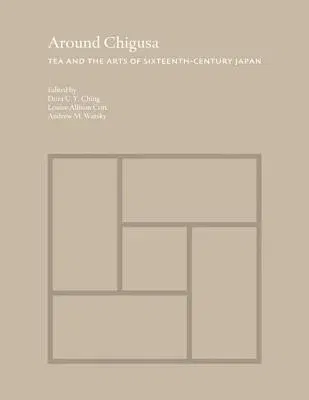Around Chigusa: Tea and the Arts of Sixteenth-Century JapanHardcover, 26 September 2017

Qty
1
Turbo
Ships in 2 - 3 days
In Stock
Free Delivery
Cash on Delivery
15 Days
Free Returns
Secure Checkout

Part of Series
Publications of the Tang Center for East Asian Art, Princeton University
Part of Series
Publications of the Department of Art and Archaeology, Princ
Print Length
336 pages
Language
English
Publisher
Princeton University Press
Date Published
26 Sep 2017
ISBN-10
0691177554
ISBN-13
9780691177557
Description
Product Details
Book Format:
Hardcover
Country of Origin:
US
Date Published:
26 September 2017
Dimensions:
27.43 x
21.08 x
3.05 cm
ISBN-10:
0691177554
ISBN-13:
9780691177557
Language:
English
Location:
Princeton
Pages:
336
Publisher:
Series:
Weight:
1247.38 gm